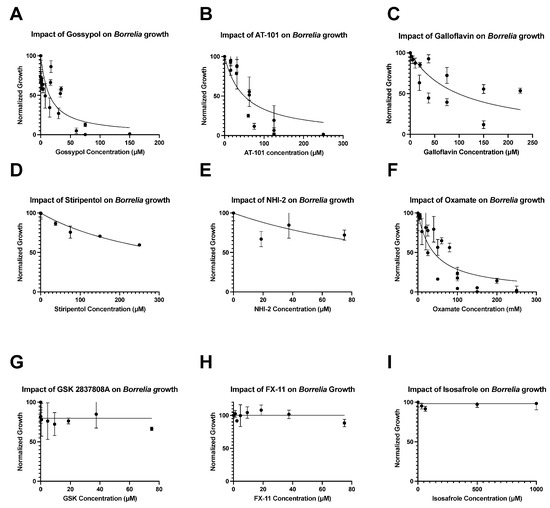2023-07-27 リンショーピング大学
◆スウェーデンのリンシェーピング大学の研究者は、ハエトリソウという肉食植物を用いて新しい測定装置を開発し、感覚毛が刺激によって信号を発生させることを確認した。
◆これにより、植物のストレス応答に関する新たな知見が得られる可能性があり、バイオエレクトロニクス技術が植物の生理学研究に応用されることで新しい発見の可能性が広がるという。将来的には、よりストレス耐性を持つ植物の育成に寄与するかもしれない。
<関連情報>
- https://liu.se/en/news-item/fast-electrical-signals-mapped-in-plants-with-new-bioelectronic-technology
- https://www.science.org/doi/10.1126/sciadv.adh4443
適合性有機エレクトロニクスによる植物電気生理学: ハエトリソウの活動電位の伝搬を解読する Plant electrophysiology with conformable organic electronics: Deciphering the propagation of Venus flytrap action potentials
Adam Armada-Moreira,Abdul Manan Dar,Zifang Zhao,Claudia Cea,Jennifer Gelinas,Magnus Berggren,Alex Costa,Dion Khodagholy,Eleni Stavrinidou
Science Advances published:26 Jul 2023
DOI:https://doi.org/10.1126/sciadv.adh4443

Abstract
Electrical signals in plants are mediators of long-distance signaling and correlate with plant movements and responses to stress. These signals are studied with single surface electrodes that cannot resolve signal propagation and integration, thus impeding their decoding and link to function. Here, we developed a conformable multielectrode array based on organic electronics for large-scale and high-resolution plant electrophysiology. We performed precise spatiotemporal mapping of the action potential (AP) in Venus flytrap and found that the AP actively propagates through the tissue with constant speed and without strong directionality. We also found that spontaneously generated APs can originate from unstimulated hairs and that they correlate with trap movement. Last, we demonstrate that the Venus flytrap circuitry can be activated by cells other than the sensory hairs. Our work reveals key properties of the AP and establishes the capacity of organic bioelectronics for resolving electrical signaling in plants contributing to the mechanistic understanding of long-distance responses in plants.

